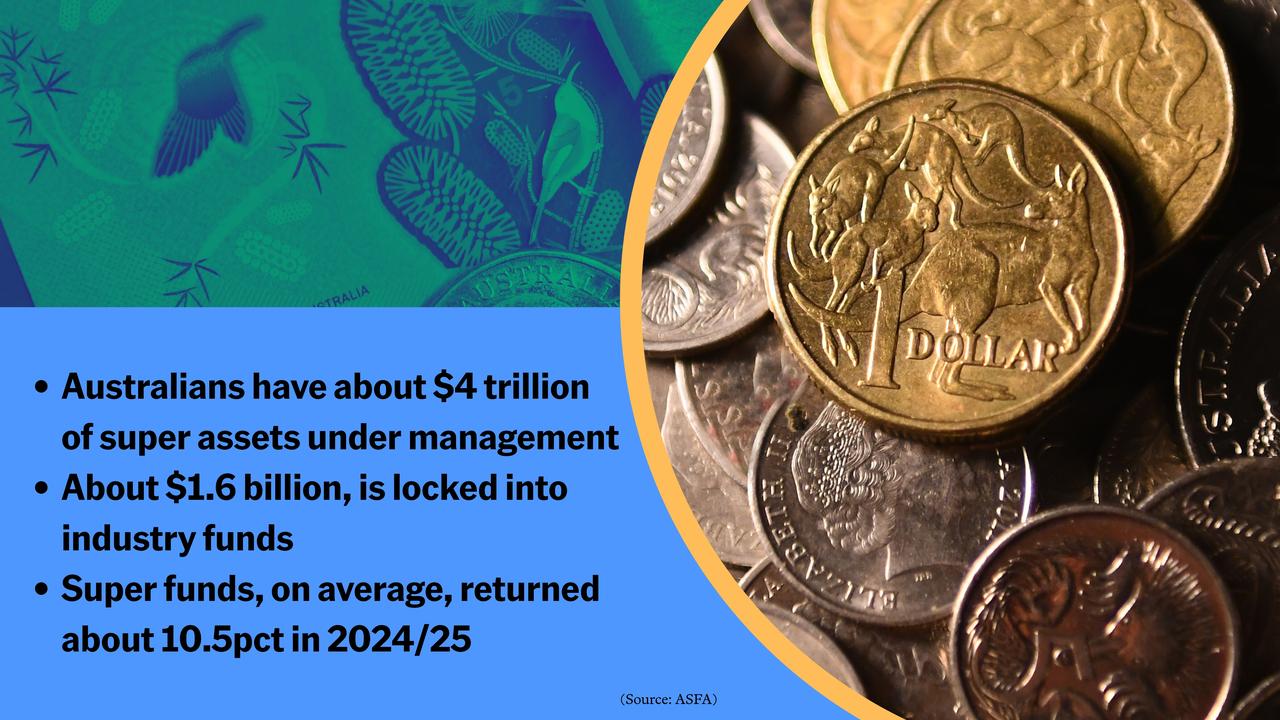
Australians are retiring with more in their superannuation accounts than ever before, though most - and particularly women - are falling short of recommended retirement standards.
However, younger people should not be alarmed, an advocacy group says, given the lift in employer contributions to 12 per cent.
New research by the super sector's peak body, ASFA, reveals the average super balance is up to $172,384, and for those aged 65-69, $420,934.
ASFA chief executive Mary Delahunty said growing balances were "great news".

"The increase in the superannuation guarantee to 12 per cent combined with strong investment returns from super funds mean Australians have more savings than ever put away for retirement," she said.
A deeper dig into the analysis, based off a biennial release of Australian Taxation Office data, shows many have far less than the average.
The mid-point, or median, super balance is just $60,037, with 65-69 year olds holding $208,143, well short of ASFA's standard to live comfortably.
Super Consumers Australia deputy chief executive Katrina Ellis said people "shouldn't think they're doing badly if they don't have $172,000".
"Half of the population has $60,000 or less," she told AAP.
She doesn't want to see young Australians pump money into their super, fearful of their later quality of life, while struggling with the basics.
ASFA's standard to live "comfortably" is $690,000 for couples on retirement, and $595,000 for singles.
On those numbers, fewer than 30 per cent of Australians retire "comfortably".
Ms Ellis said Super Consumers Australia had lower benchmarks of $421,000 for couples and $310,000 for individuals, based on the mid-point of what retirees actually spent.
"Super funds want people to have more money in their super accounts, because that helps super funds," she said.
"It worries us that (the ASFA standard) is out of reach ... we think that's setting people up to think they need to save and save and save and sacrifice a quality of life while they're working.

"We're not pushing people to save more and more and more ... (with a super rate of) 12 per cent of salaries, that's probably adequate for a lot of people."
A gender breakdown of balances shows that women are still saving less in super, and are retiring with less than men.
The median male account held $68,568 and the median female account carried $54,349.
Women hold 43.6 per cent of super savings, an improvement from 41.9 per cent in 2018.
A number of recent interventions should close the gender gap further, including a low-income super tax break, super being paid on paid parental leave, and making super mandatory for earnings under $450 a month.
"The reality is the gender gap is still there," Ms Ellis said, "and the rate of it closing is still very slow."







